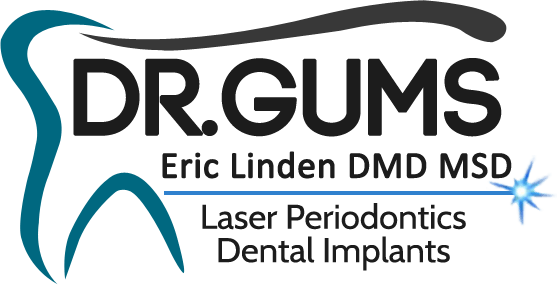CHICAGO – August 2, 2000 – Adults who consume at least three servings of calcium each day have another reason to smile. A study published in the Journal of Periodontology found that people who get enough calcium have significantly lower rates of periodontal disease, a leading cause of tooth loss. Study Abstract *
Researchers analyzed government data on calcium consumption and periodontal disease indicators in nearly 13,000 people representing U.S. adults. They found that men and women who had calcium intakes of fewer than 500 milligrams, or about half the recommended dietary allowance, were almost twice as likely to have periodontal disease, as measured by the loss of attachment of the gums from the teeth. The association was particularly evident for people in their 20s and 30s.
Researcher Robert Genco, D.D.S., Ph.D., chair of the Oral Biology Department at The State University of New York at Buffalo, says the relationship between calcium and periodontal disease is likely due to calcium’s role in building density in the alveolar bone that supports the teeth. “Periodontal disease is an infection caused by bacteria that accumulate in pockets between the teeth and gums. Eventually, the infection can break down and destroy the tissues and bone that support the teeth. But, if the jaw bone is kept strong with enough calcium, it may be better able to withstand the bacterial onslaught,” explained Genco.
“Warding off periodontal disease is one more good reason to make an effort to consume enough calcium,” says Janet Helm, a registered dietitian and spokesperson for the American Dietetic Association. “Calcium is necessary for healthy bones, teeth, muscle contractions and other body functions. Yet, about three out of four people do not meet their daily need.” The American Dietetic Association says good sources of calcium include dairy foods such as milk, yogurt and cheese, dark green veggies, fortified orange juice, as well as rice and beans.
“A relationship between calcium intake and periodontal disease makes sense in light of other new research linking osteoporosis with tooth loss,” said Jack Caton, D.D.S., M.S., president of the American Academy of Periodontology (AAP). “However, people need to keep in mind that several other risk factors also exist for periodontal disease, including tobacco use, oral hygiene habits, genetics, diabetes, certain medications and stress,” said Caton. “In addition to drinking milk, people should ask their dentist or periodontist about the state of their periodontal health to help prevent tooth loss and protect overall health. He or she can help identify and control the risk factors for periodontal disease.”
A referral to a periodontist in your area and free brochure samples including one titled Periodontal Disease: What You Need to Know are available by calling 800-FLOSS-EM or visiting the AAP’s Web site at www.perio.org.
About the AAP
The American Academy of Periodontology (AAP) is the professional organization for

